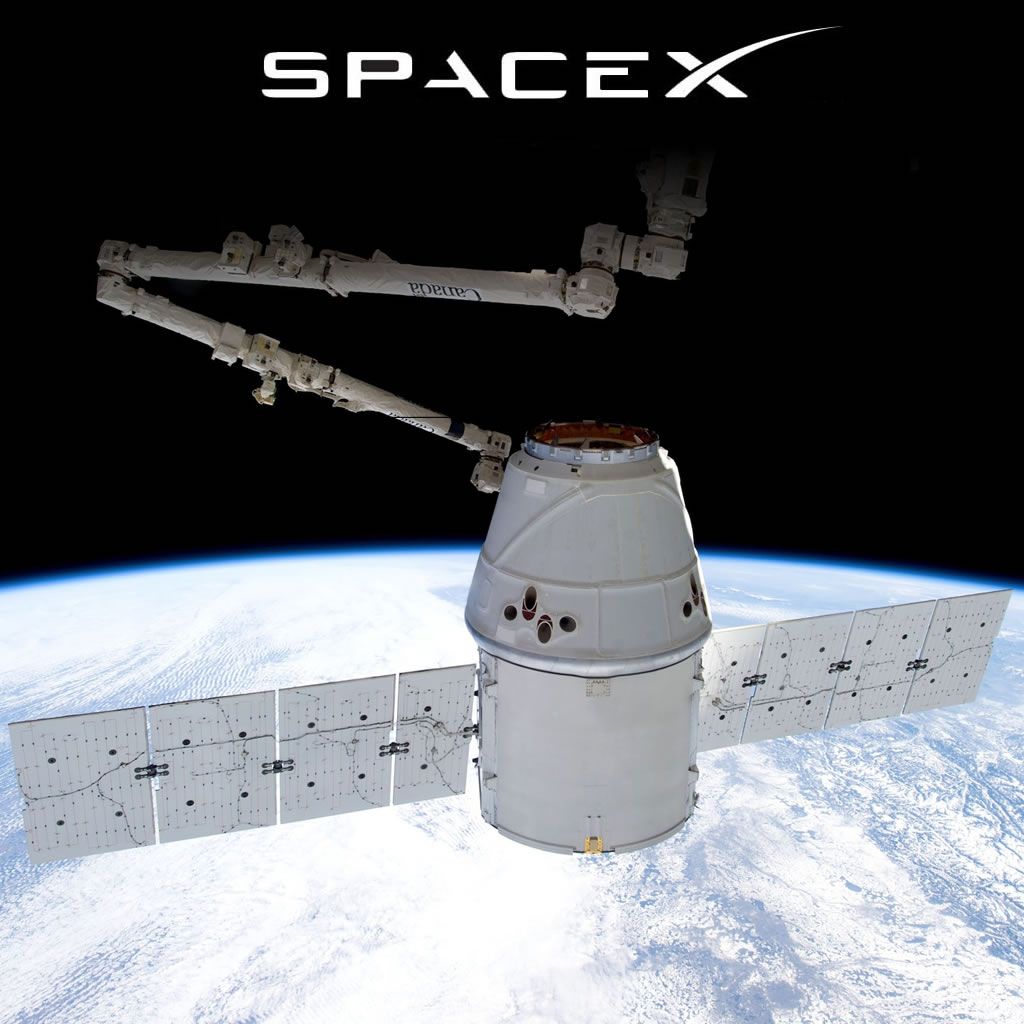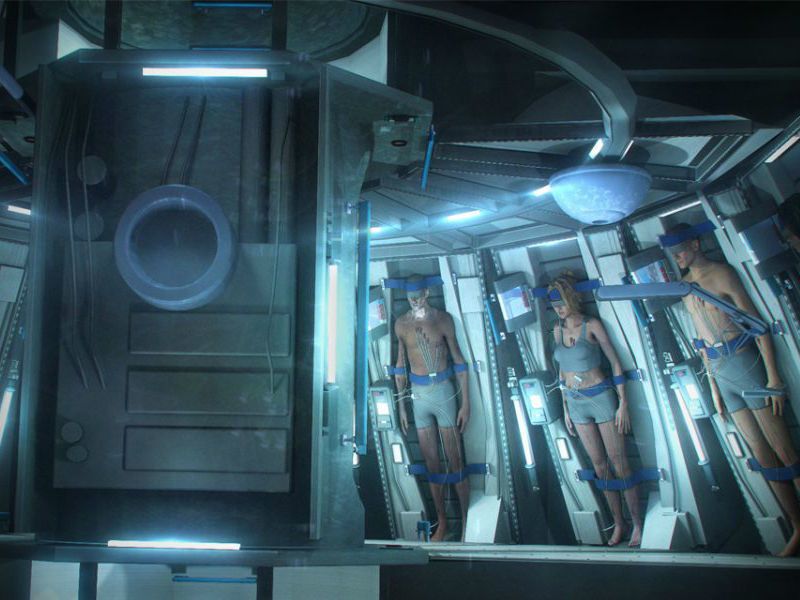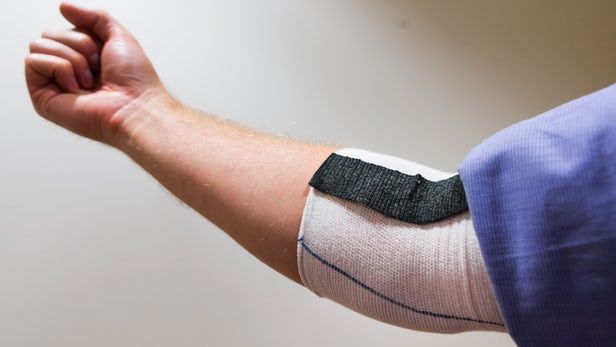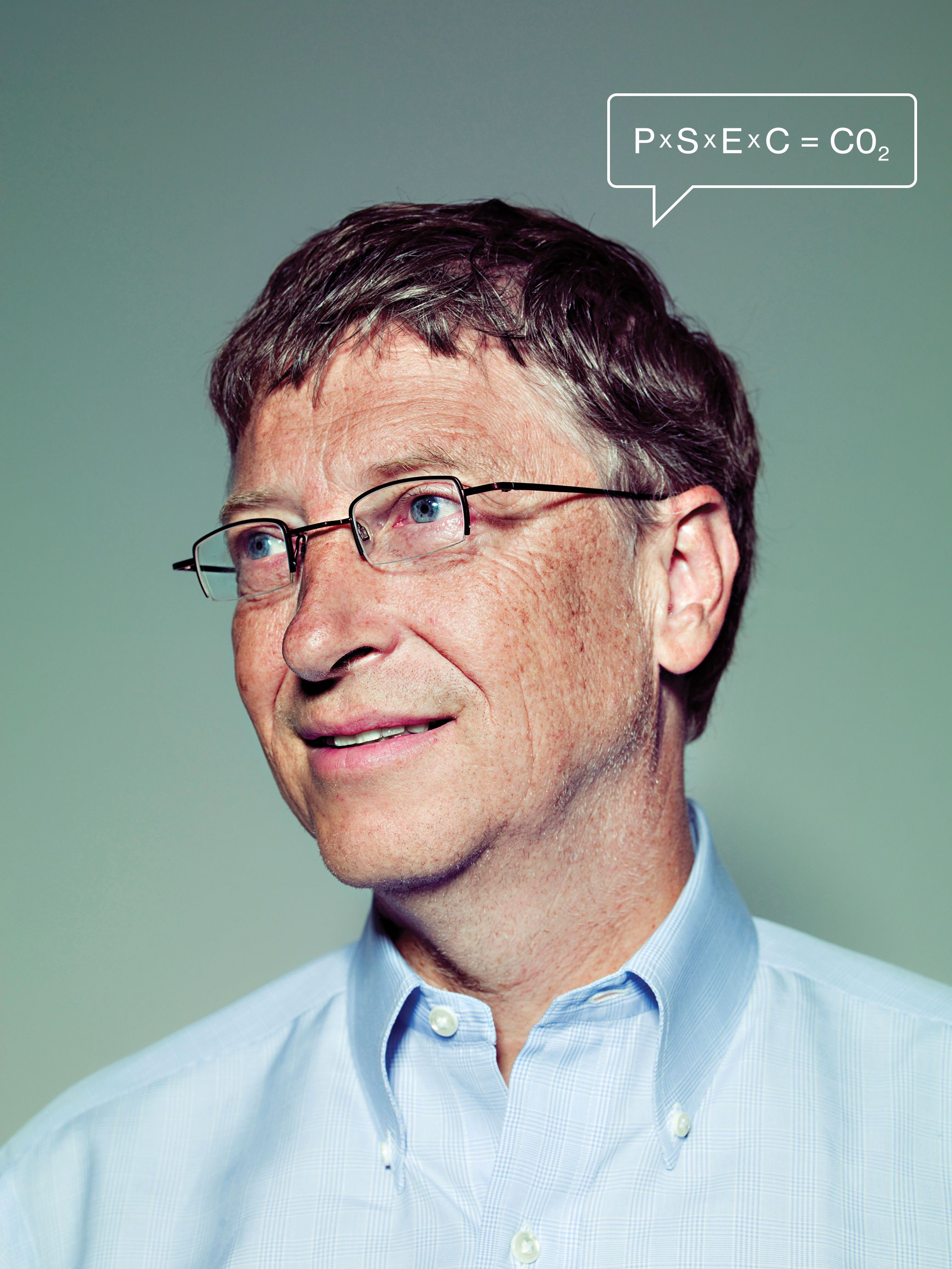What if we could find one single equation that explains every force in the universe? Professor Michio Kaku explores how physics could potentially shrink the science of the big bang into an equation as small as E=mc².




Influencing elections? Perturbed, Kosinski clicked through the pages. What kind of company was this? And what were these people planning?
Psychologist Michal Kosinski developed a method to analyze people in minute detail based on their Facebook activity. Did a similar tool help propel Donald Trump to victory? Two reporters from Zurich-based Das Magazin (where an earlier version of this story appeared in December in German) went data-gathering.
On November 9 at around 8.30 AM., Michal Kosinski woke up in the Hotel Sunnehus in Zurich. The 34-year-old researcher had come to give a lecture at the Swiss Federal Institute of Technology (ETH) about the dangers of Big Data and the digital revolution. Kosinski gives regular lectures on this topic all over the world. He is a leading expert in psychometrics, a data-driven sub-branch of psychology. When he turned on the TV that morning, he saw that the bombshell had exploded: contrary to forecasts by all leading statisticians, Donald J. Trump had been elected president of the United States.
For a long time, Kosinski watched the Trump victory celebrations and the results coming in from each state. He had a hunch that the outcome of the election might have something to do with his research. Finally, he took a deep breath and turned off the TV.



There are many people who could use a bit of help moving their limbs, but they don’t necessarily need a full-on exoskeleton. Well, imagine if their clothes could provide that help. Such a thing may one day be possible, thanks to the recent creation of “textile muscles.”
In a study conducted at Sweden’s Linköping University and University of Borås, scientists coated mass-producible cellulose yarn with a flexible electroactive polymer known as polypyrrole.
When a low voltage is applied to the polymer, it increases in volume, causing the yarn fibers to increase in length accordingly – when the electrical current is switched off, the fibers retract back to their original length. By varying the manner in which those fibers are woven together, it’s possible to tune the force of the material toward different tasks.

China’s Chang’e lunar probe dynasty is already having a great year. The Chang’e 3 lunar lander surpassed all expectations last week to emerge from its 14th hibernation while the Chang’e 5-T1 just completed its transfer from the Earth-Moon Lagrange Point 2 into a stable orbit around the Moon. Chang’e 3’s main mission was only to take spectrographic and ground penetrating radar measurements, but the Chang’e 5 missions will bring back the first samples containing the actual prize — fusion-ready helium-3.
One of the main reasons helium-3 is sought as a fusion fuel is because there are no neutrons generated as a reaction product. The protons that do get generated have charge, and can therefore be safely contained using electromagnetic fields. Early dreamers imagined that Saturn or Jupiter would be the ideal places to try and get their hands on some helium-3, but it now appears that the Chinese have set their sights on the Moon.


Luv this. True Girl Power!
11-year-old Jordan Reeves, who last year made the world a bit jollier with her 3D printed, glitter-shooting prosthetic arm, has become a source of inspiration for many. The young and remarkably ambitious girl, who was born without most of her left arm (it stops just above the elbow), has been showing off her 3D printed glitter prosthetic all around the U.S. for the past several months, was presented with Disney’s Dream Big, Princess award, and was given a 3D printer courtesy of Autodesk and Dremel.
Not only is she receiving recognition, however, but Reeves has continued her steadfast work and is creating more 3D printed prosthetic accessories and assistive tools. Her latest project, for instance, is working on developing a device that combines a medical-grade prosthetic arm with 3D printed, changeable attachments. Though decidedly less sparkly than her first make, the hybrid prosthetic could allow for a variety of 3D printed attachments (like a hand or a pirate hook). Jordan is developing the 3D printed prosthesis with the help of her prosthetist and her Autodesk mentor Sam Hobish.
While many 3D printable prosthetic hand models do already exist, Reeves is one of many people who cannot use them, mainly because they mostly rely on wrist or elbow mobility, which she does not have. As Jordan’s mother Jen Reeves told Fast Company, “She came with the challenge because she and Sam were trying to figure out a way to use those standard 3D printed hands, and it got pretty aggravating. She realized that it was not possible with any of the current 3D-printed design concepts, since she doesn’t have an elbow.”
How can we turn this into a small handheld device 3D printer so it is portable for doctors without boarders, EMS units, battlefiled surgeons, and eventually part of our own medicine kits for home some day. We can make it happen.
During phase I of AFIRM, WFIRM scientists designed, built and tested a printer designed to print skin cells onto burn wounds. The “ink” is actually different kinds of skin cells. A scanner is used to determine wound size and depth. Different kinds of skin cells are found at different depths. This data guides the printer as it applies layers of the correct type of cells to cover the wound. You only need a patch of skin one-tenth the size of the burn to grow enough skin cells for skin printing.
During Phase II of AFIRM, the WFIRM team will explore whether a type of stem cell found in amniotic fluid and placenta (afterbirth) is effective at healing wounds. The goal of the project is to bring the technology to soldiers who need it within the next 5 years.